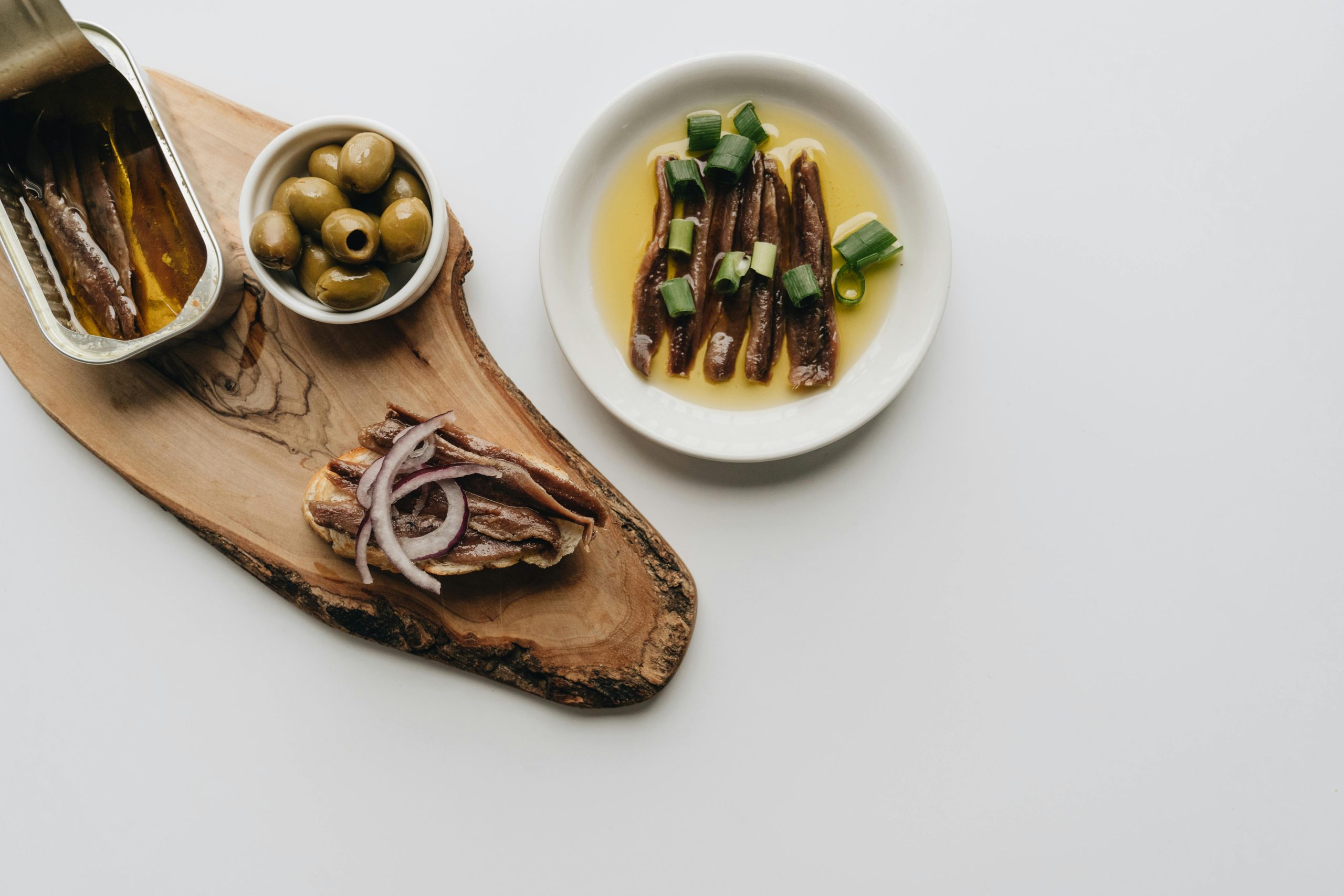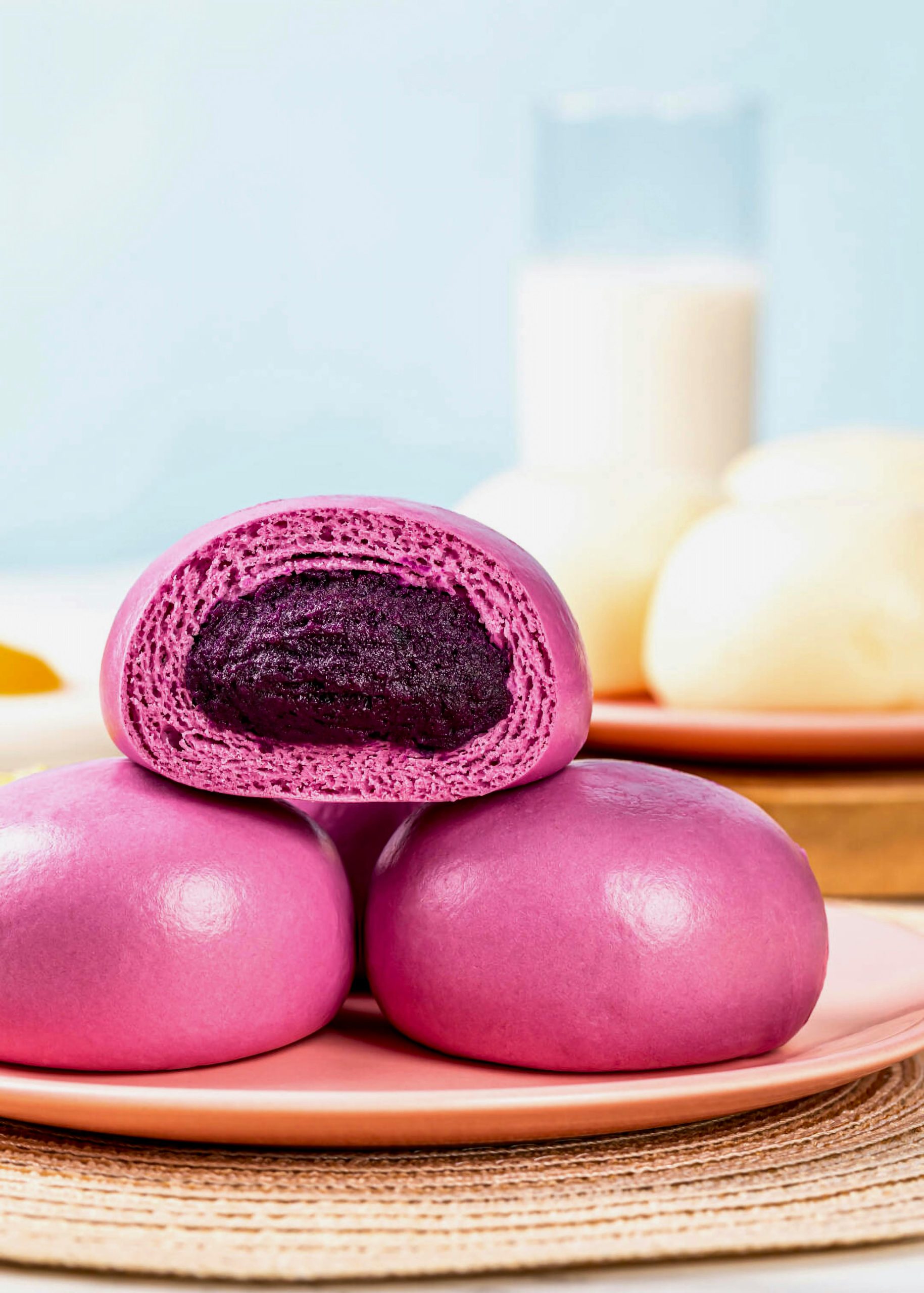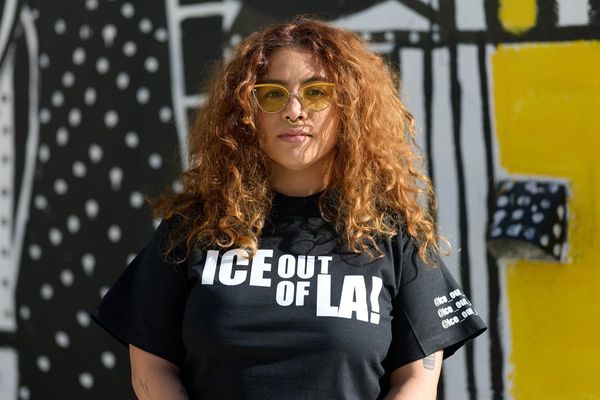The world of food trends is notoriously fickle. At the beginning of each year, culinary experts and food publications release their predictions for the flavors, ingredients, and dining styles that will dominate the coming months. Yet, for every trend that takes hold, dozens fizzle out before they ever gain real momentum. The first quarter of 2025 was no exception, as several hyped-up food fads failed to capture the public’s imagination and quietly disappeared from restaurant menus and social media feeds.

1. “Sophisticated” Tinned Fish
At the end of 2024, forecasters predicted that high-end, imported tinned fish like specialty sardines, mackerel, and octopus would become a major appetizer trend in restaurants. While a few trendy wine bars in major cities added them to their menus, the trend failed to catch on with the broader public. Most diners were not willing to pay a premium price for what they still considered to be a simple pantry staple.
2. Yuzu as a Mainstream Flavor
Yuzu, a fragrant and tart Japanese citrus fruit, was predicted to be the “it” flavor of 2025, showing up in everything from cocktails and desserts to marinades. While it made a brief appearance on some high-end menus, its distinct, slightly bitter flavor profile proved too challenging for the average American palate. The trend never expanded beyond niche foodie circles, and by March, the hype had completely died down.
3. The “Raw-Tarian” Diet
A viral TikTok trend at the start of the year promoted the “raw-tarian” diet, which advocated for a diet consisting of 100% uncooked, plant-based foods. Proponents claimed it offered incredible health benefits. However, nutritionists quickly pointed out the diet’s potential dangers, including nutrient deficiencies and the risk of foodborne illness. The trend faded quickly as people realized how restrictive and impractical it was.
4. Buckwheat Everywhere
Buckwheat, a gluten-free and nutrient-dense seed, was another ingredient experts predicted would go mainstream. They expected to see it used in everything from pancakes and noodles to craft beer. While buckwheat products saw a small bump in sales at health food stores, the ingredient failed to make a significant impact on restaurant menus or in packaged goods, remaining a niche item rather than a widespread trend.
5. Third-Wave Instant Coffee
Several startups launched “third-wave” instant coffee brands, promising cafe-quality coffee in a convenient, just-add-water format. They marketed their products with a focus on single-origin beans and advanced crystallization techniques. Despite the hype, most consumers were not convinced, finding the taste only marginally better than traditional instant coffee and not worth the significantly higher price tag.
6. Over-the-Top “Dirty Sodas”
The “dirty soda” trend, which involves adding coffee creamer and flavored syrups to soft drinks, exploded out of Utah and was predicted to sweep the nation in 2025. While specialty soda shops opened in some suburbs, the trend failed to become a mainstream phenomenon. Most consumers outside of the trend’s core region found the concoctions to be overly sweet and unappealing.
7. Ube-Flavored Desserts

Ube, a purple yam from the Philippines, has a sweet, nutty flavor and a vibrant color that makes it perfect for Instagram. Food bloggers predicted it would be the dominant dessert flavor of the year. However, ube-flavored ice creams, cakes, and pastries remained largely confined to Filipino bakeries and specialty dessert shops, failing to break through to mass-market menus.
8. Plant-Based Seafood
Following the success of plant-based burgers, companies invested heavily in developing plant-based alternatives to seafood like tuna, shrimp, and salmon. Analysts predicted this would be the next big category in meat alternatives. However, consumers in early 2025 showed little enthusiasm, with many complaining that the texture and flavor of the products failed to mimic real seafood convincingly.
The Ever-Changing Menu
The rapid rise and fall of these food trends show just how difficult it is to predict the public’s palate. Lasting success requires more than just a novel flavor or a viral moment; it requires genuine appeal, accessibility, and value. For every trend that fizzles out, it clears the way for the next new thing, keeping the culinary world in a constant state of delicious evolution.
Did you try any of these short-lived food trends? What food trend do you hope never goes out of style? Let us know your thoughts!
Read More
9 Dining Trends So Wild Even Chefs Are Scratching Their Heads
Why is Tin Fish Trending Now and What Does It Mean for Sardines?
The post 8 Food Trends That Didn’t Survive the First Quarter appeared first on Grocery Coupon Guide.







